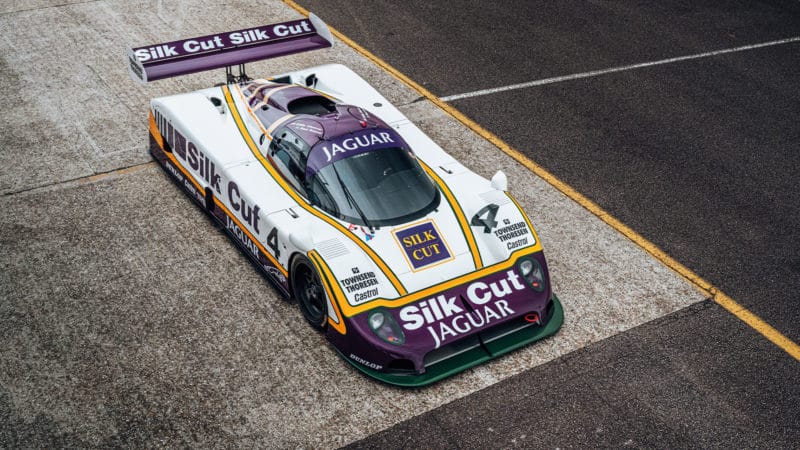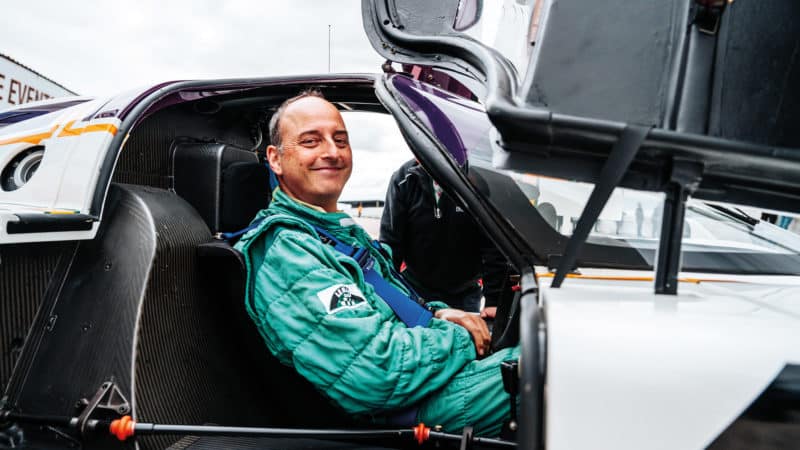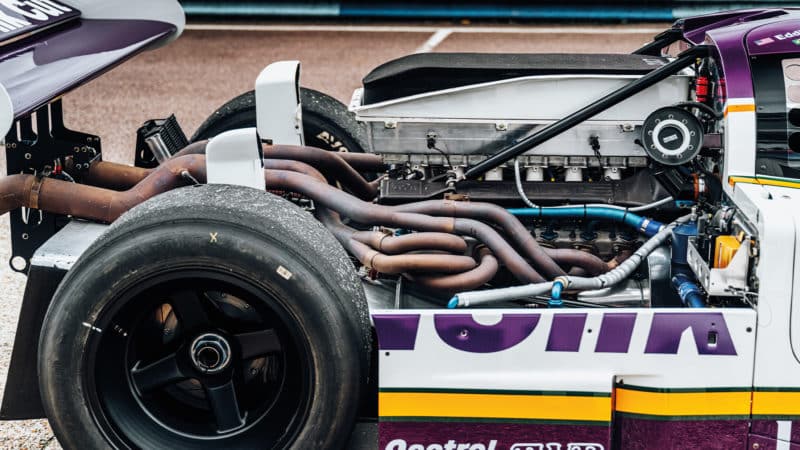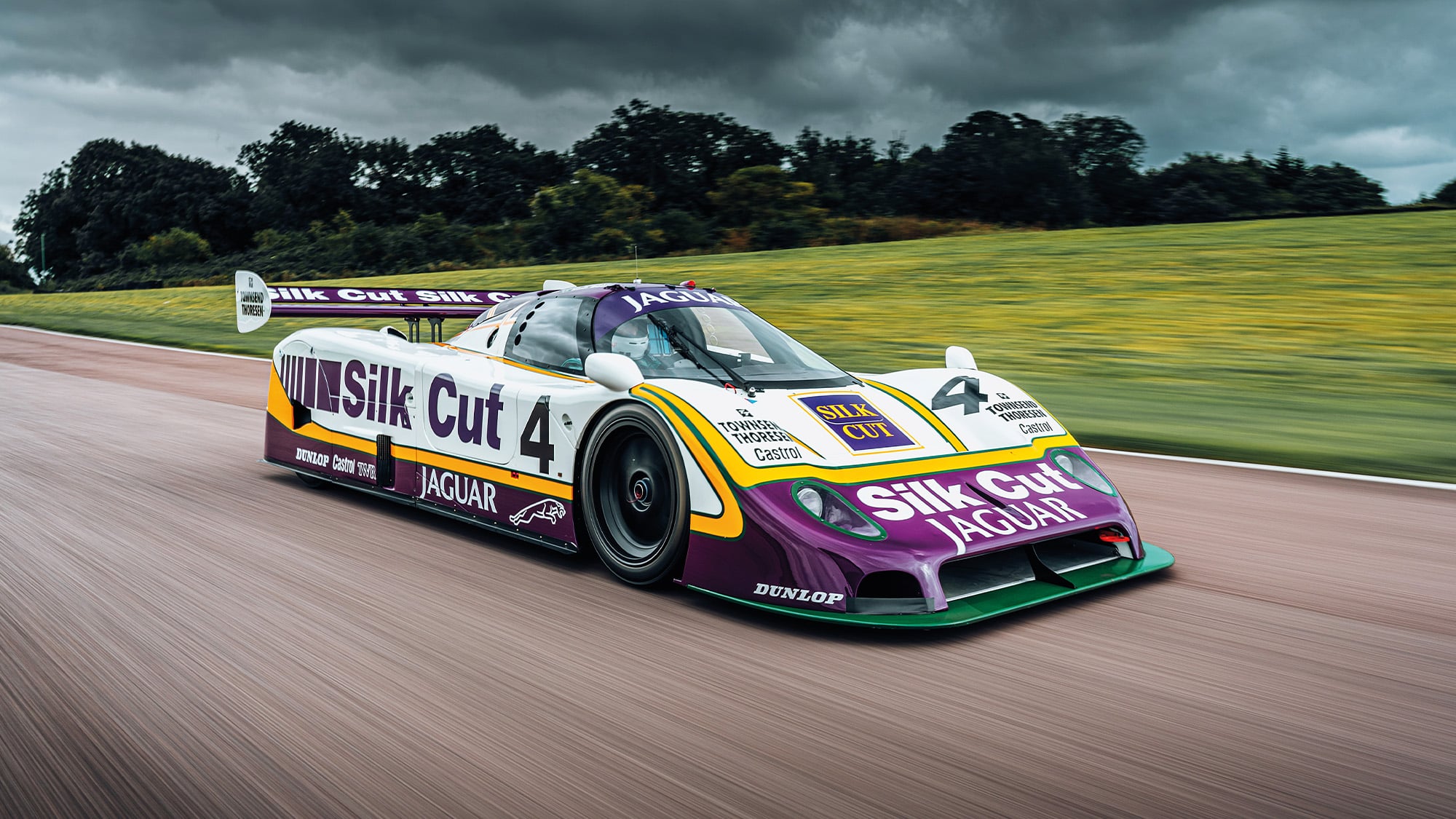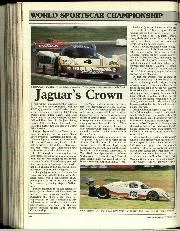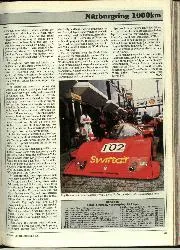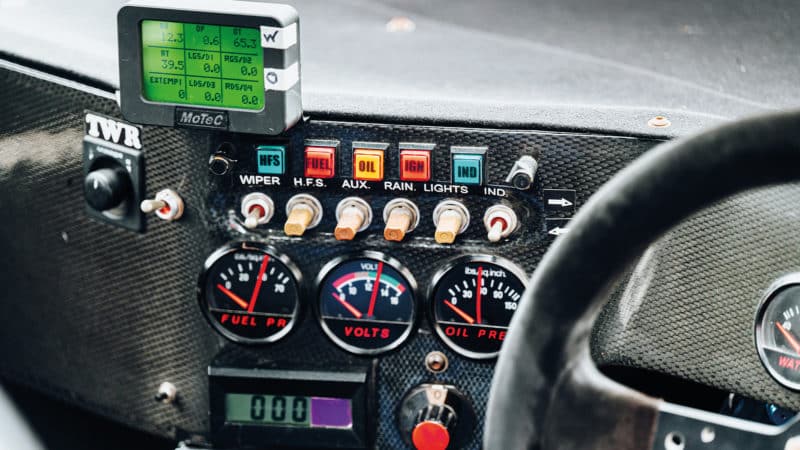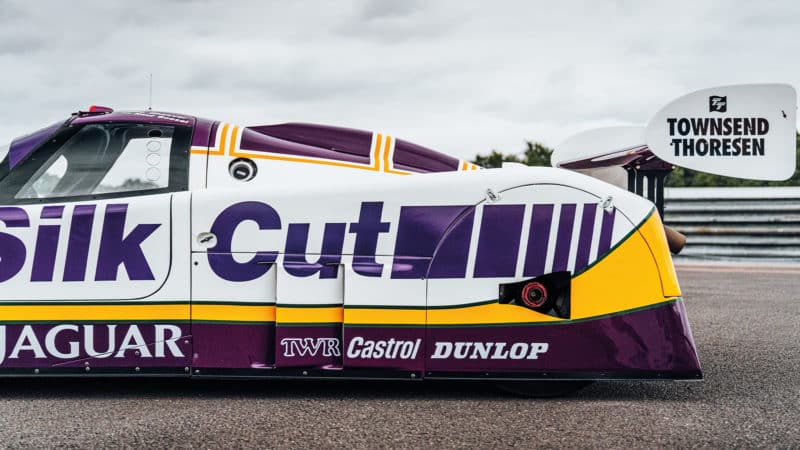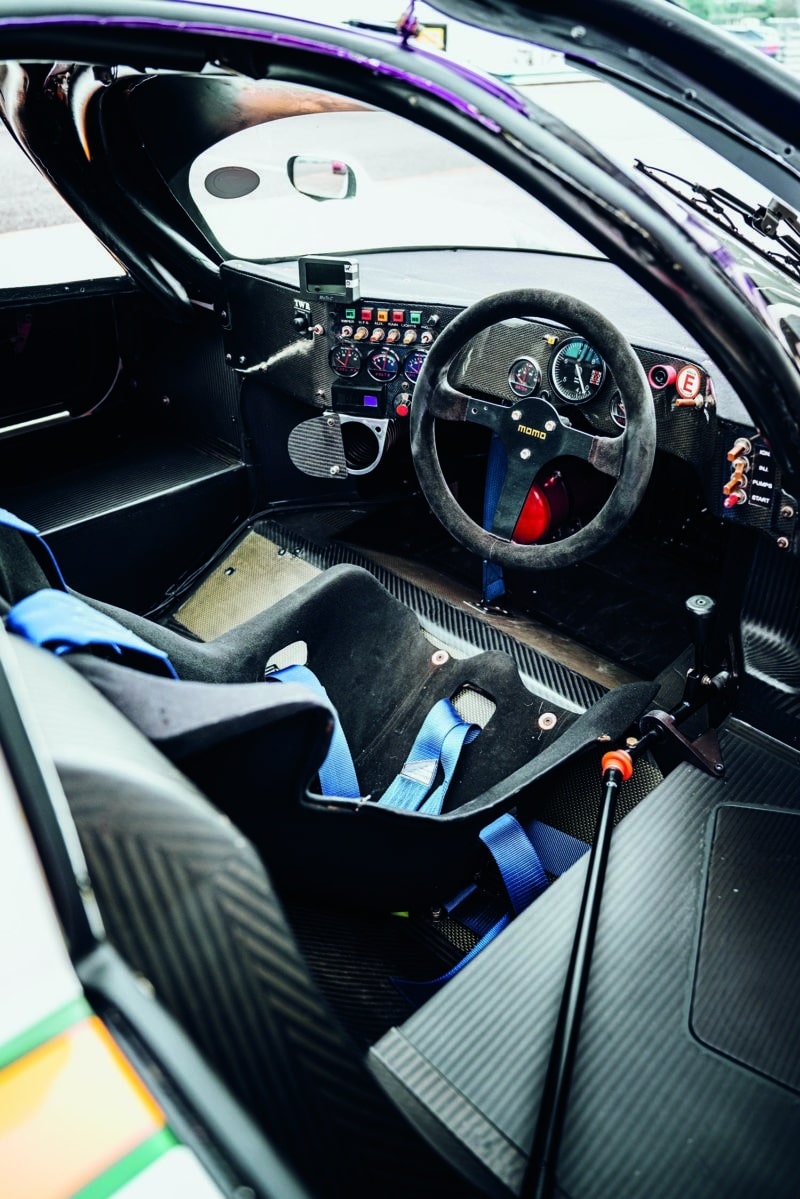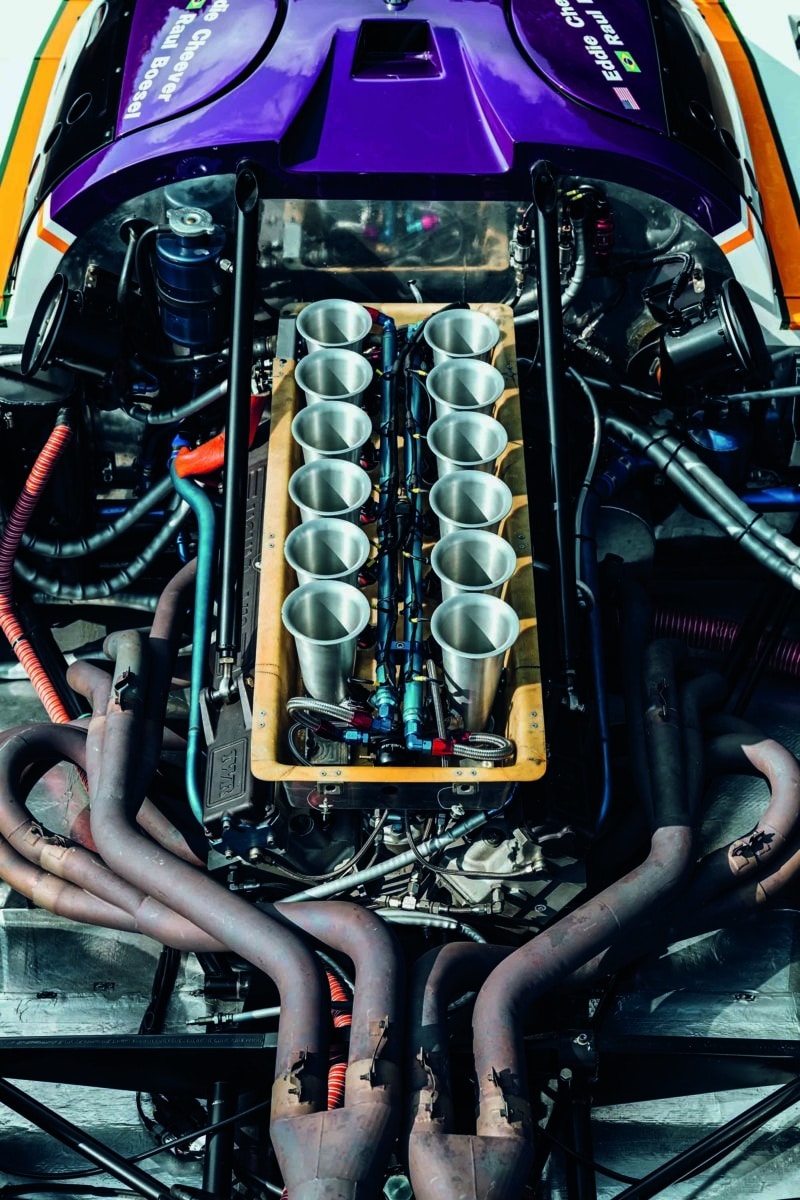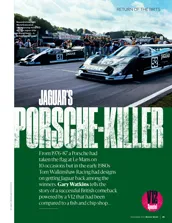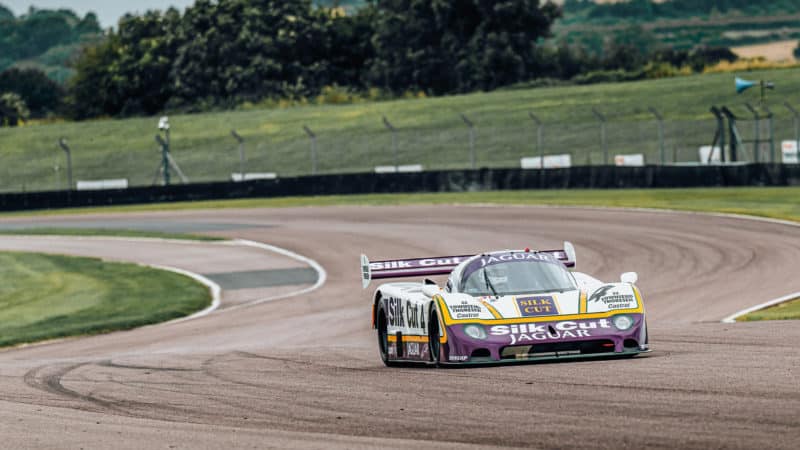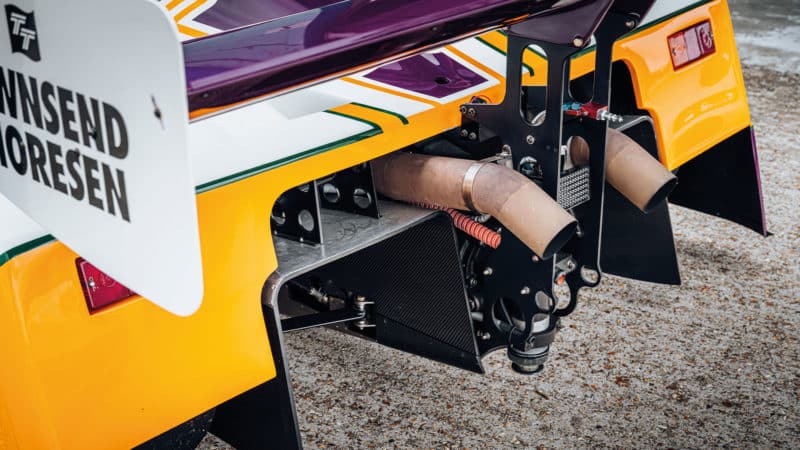Fuel injection problems relegated the car to fourth at Spa, a race worth noting here only because of a typical piece of TWR smart thinking that won Boesel the title. The rules stated that to score points a driver had to be behind the wheel for 30% of the race, but which of the three Jaguars entered had the best chance of victory? No one knew. So Tom’s answer was to enter the Brazilian as a driver for all three of the XJR-8s and keep him in reserve until the likely winner emerged. It turned out to be chassis 387 of Martin Brundle and Johnny Dumfries into which he was duly parachuted for a single, title-winning stint.
The final race was at Fuji, where the two Jaguars were utterly dominant, Boesel and Dumfries dutifully following Lammers and Watson home to allow the latter pair to overtake Derek Bell and Hans Stuck to share second place in the driver’s championship.
But chassis 287 was not yet done. Upgraded to XJR-9 specification it spent some of 1988 as the T-car, but was wheeled out as part of TWR’s five-car assault on Le Mans where it was driven by Boesel, Watson and Henri Pescarolo but retired early with transmission failure.
It was back at Le Mans in 1989, finishing eighth with the Ferté brothers and Eliseo Salazar driving and finally in Mexico where Alain Ferté and Andy Wallace brought it home in fifth place. It seems fitting that this car which had delivered Jaguar’s first World Sportscar Championship would also be the best-placed Jaguar at the last round in which a V12 Jaguar would take part.
Although it raced as an XJR-8, XJR-9 and XJR-9LM, 287 presents today in original and, to these eyes, most gorgeous XJR-8 specification with those huge venturi tunnels at the back making no secret of the key to this car’s speed. It is a downforce monster, helped considerably by the narrow 60-degree angle of its V12, especially compared to Porsche’s rival 180-degree flat-six motor.
Today we are Thruxton, Britain’s fastest race track – rather fitting for such a machine. It has been brought by Moto Historics, which looks after it and makes sure it is in the finest fettle. Today it most certainly is: its 7-litre V12 motor is producing the full 750bhp, as much as any Jaguar V12 that raced. This is also getting on for three times the power the engine produced on 5.3 litres when first installed in the E-type in 1971. It is a daunting machine to tackle, especially at a place like this. The car is no museum piece but ready to race and I am told to treat it as such.

